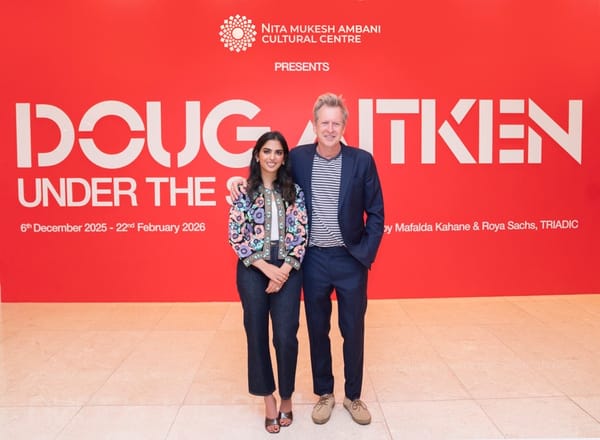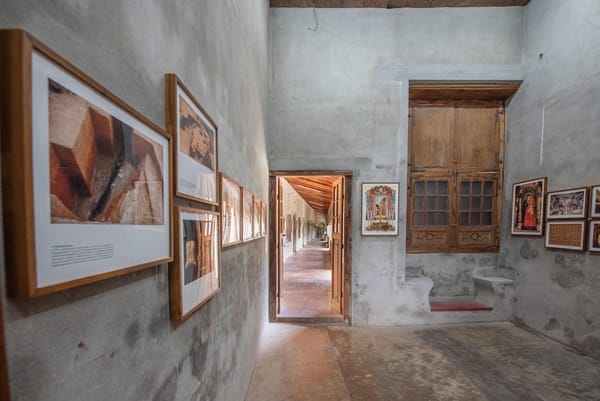Discovering the Muse in Mumbai: A Journey Through Ancient Sculptures
The CSMVS in Mumbai hosts the "Ancient Sculptures" exhibition, showcasing global and Indian artefacts. The exhibit aims to deepen historical understanding and enhance the often-neglected museum experience in India.
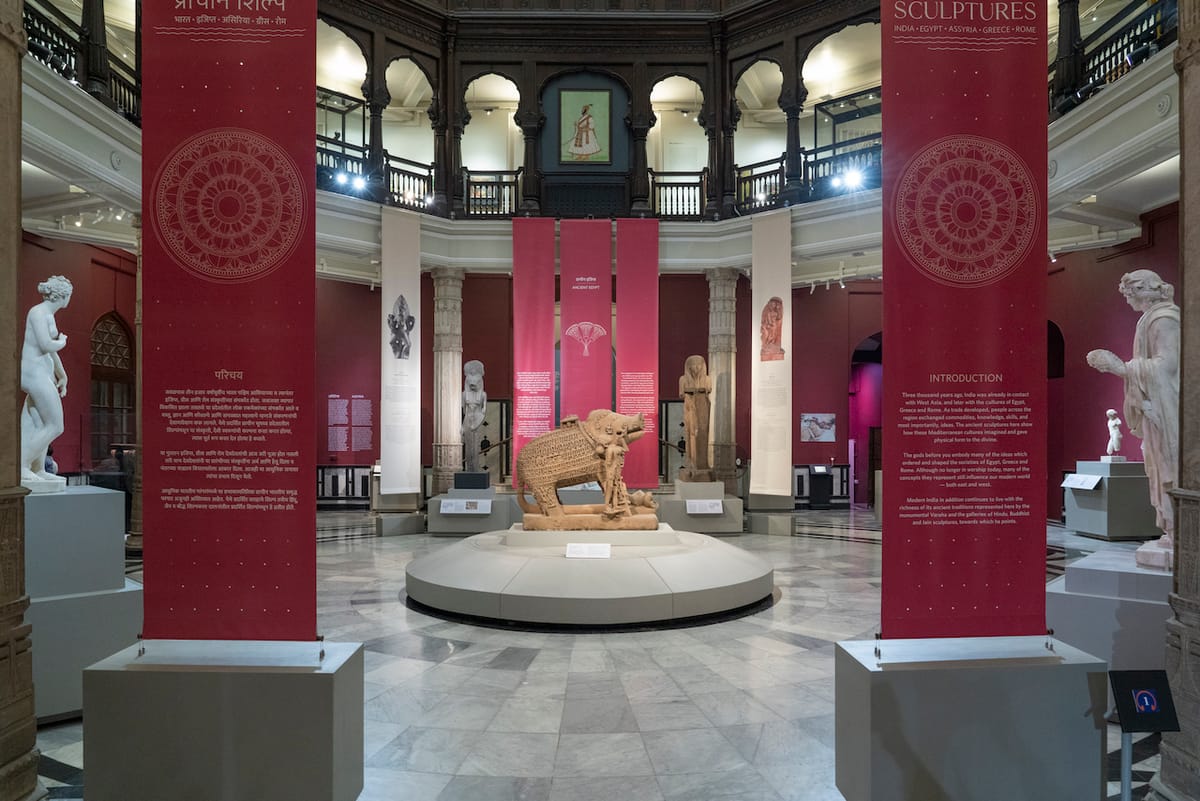
During my trip to Mumbai earlier this year, I was pleased I could take in the first presentation (‘Ancient Sculptures: India Egypt Assyria Greece Rome’) of a truly unique international and educational initiative by Chhatrapati Shivaji Maharaj Vastu Sangrahalaya (formerly the Prince of Wales Museum). It’s on until 1 October 2024 and well worth a visit if you are in Mumbai before then.
Organised to commemorate 75 years of Indian Independence, the initiative is called the CSMVS Ancient World Project, which “aims to bring great works of art from other cultures to Mumbai, witnesses to a shared human history, in order to deepen and enrich the study of world history in Indian schools and universities.”

The transcontinental endeavour brings together long-standing partners — the CSMVS, The J. Paul Getty Museum (Los Angeles California), and The British Museum (London), and for the first time, the Staatliche Museen zu Berlin, along with museums from India (Vidisha District Archaeological Museum Madhya Pradesh; National Museum New Delhi; Government Museum and Art Gallery Chandigarh; Bihar Museum Patna), to showcase magnificent works of art from the ancient world.
India ‘suffers’ from an embarrassment of riches. Our country has such a rich historic heritage, in such abundance scattered everywhere, that it is often taken for granted. ‘Ghar ki Murgi, Daal baraabar,’ as the saying goes. And I use the word ‘suffers’ because when something even of great historic or archaeological significance is taken for granted, it gets unjustly diminished in our myopic estimation and therefore neglected.
It spawns a downward spiral of further neglect, even disdain and indifference. It is unfair to make sweeping generalizations, but barring very few notable exceptions, a visit to a generic museum in India is not an exciting prospect. More often than not, one will encounter dank, dusty cobwebbed spaces, unflatteringly illuminated exhibits with either no or at best a laconic caption, staff who themselves show no respect for the exhibits in their care, chattering loudly as if the visitor were invisible or an intrusion.
In the Introduction to the second edition (1991) of her ‘Odyssey Illustrated Guide to Museums of India’, art historian author Shobhita Punja offers some explanation for such apathy:
“Most museums in India receive government grants and do not generate an income through their own programmes. This has led to poor motivation levels of museum personnel and inadequate training; few museums in India have catalogues of their collections, guides or any other publications. The government has to fully realise the educational potential of museums and make them an important aspect of public life in India.”
In 2006, my wife and I went to a breath-taking display of sculptures at London’s Royal Academy of Arts, ‘Chola: Sacred Bronzes of Southern India.’ It left such a lasting impression that when I learned, while planning our maiden trip to Pondicherry last year that its government-run museum had Chola bronzes in its collection, I made sure to allot time to go there. It was such an anti-climax, however. The sculptures ought to have been the pride of the collection; instead, they just lay carelessly, dust-covered, almost as an after-thought near the exit, labelled just “Chola bronze” or something equally unhelpful. The attendants seemed more interested in forbidding photography and yelling at visitors in their tongue than anything else. The Tripadvisor comments summarise the visitor experience: “Best to avoid.” “Needs an update.” “Disappointing.” etc.
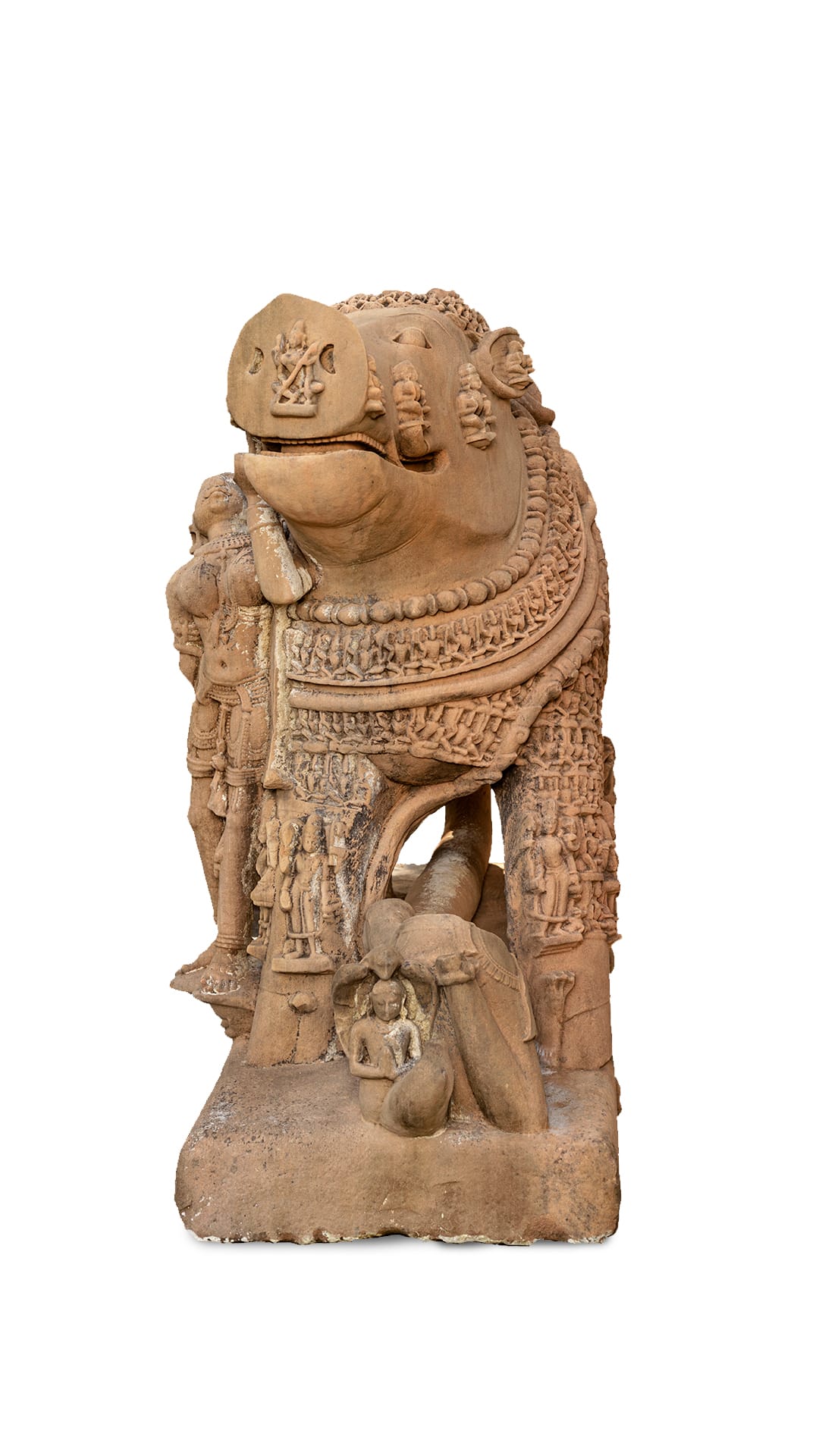
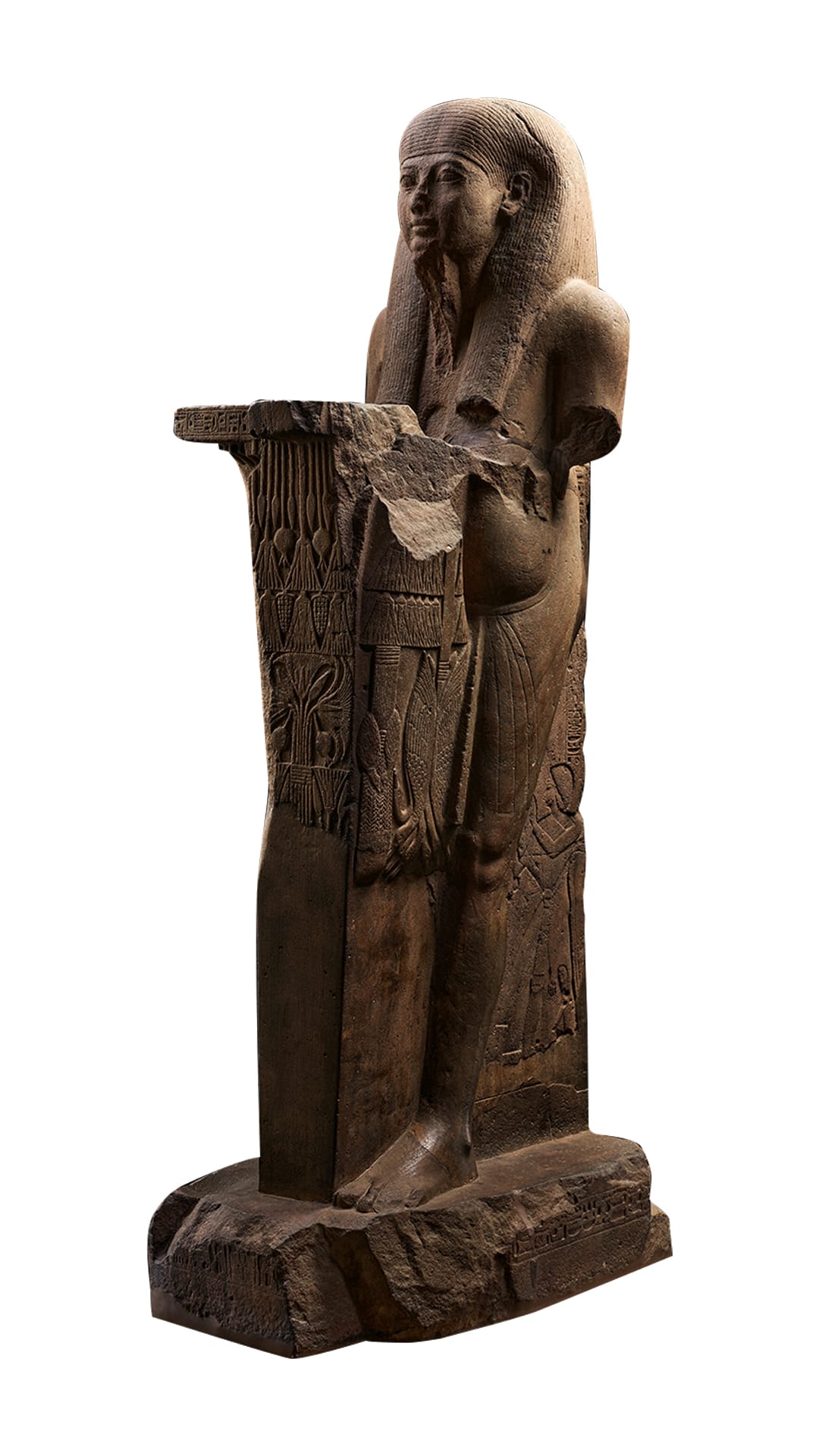

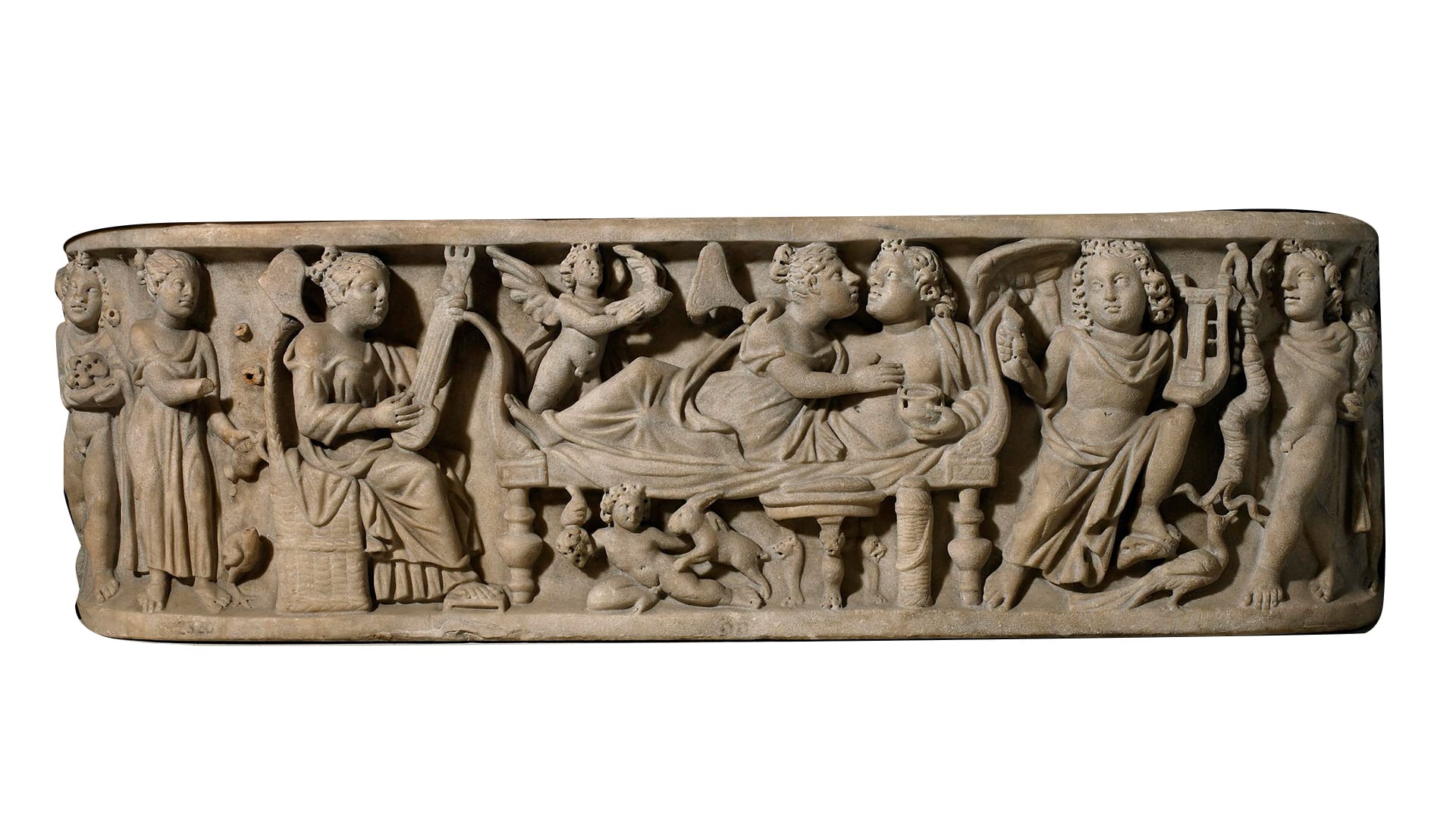
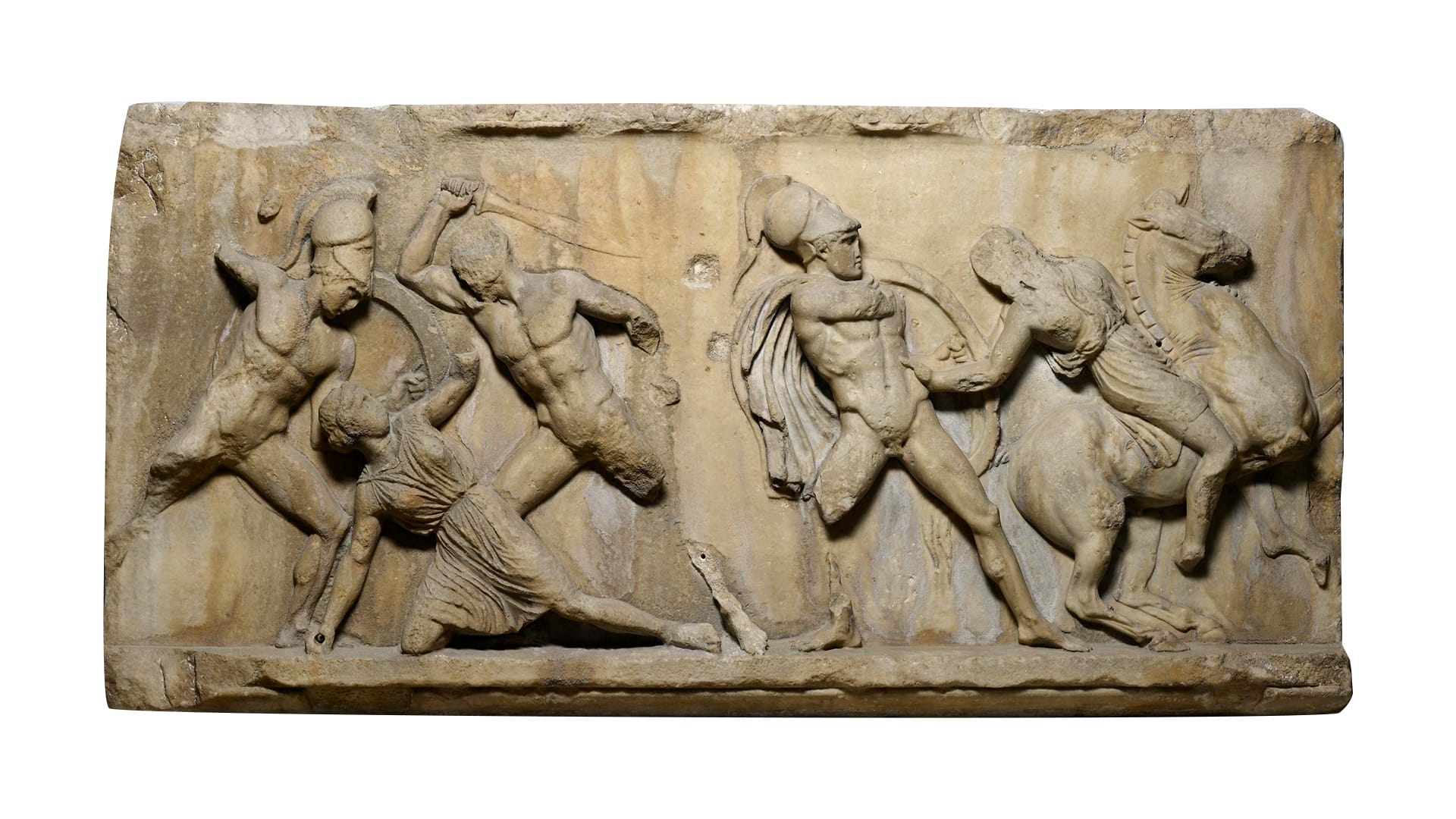
This gallery showcases five remarkable artefacts from diverse ancient cultures. The first image features the "Yajna Varaha," the Boar Incarnation of Vishnu, carved from red sandstone in Sunari, Vidisha, Madhya Pradesh, India, dating from 900–1099 CE and housed in the Vidisha District Archaeological Museum. The second image presents Hapy, the Egyptian god of the annual flooding of the Nile, crafted from sandstone during the 22nd Dynasty (924–889 BCE) in Thebes (modern Karnak) and preserved in The British Museum. The third image depicts an eagle-headed winged figure and the sacred tree, a panel from the Northwest Palace of Ashurnasirpal II, made from gypsum alabaster between 883–859 BCE in Kalhu (modern Nimrud), Iraq, and displayed at CSMVS in Mumbai. The fourth image shows Greeks fighting Amazons, a marble frieze from the Tomb of Maussollos, created around 350 BCE at the Mausoleum at Halikarnassos, Türkiye, and kept in the British Museum. The final image is another representation of Hapy, this time sculpted from marble in Lazio, Rome, Italy, during 200–299 CE, also part of the British Museum's collection.
The CSMVS Mumbai is one of those notable exceptions among museums, working hard to enhance the visitor experience, make it more welcoming and keep abreast with latest museological trends and thinking.
Salila Kulshreshtha, who teaches History and Art History at New York University Abu Dhabi and is the author of ‘From Temple to Museum: Colonial Collections and Uma Mahesvara Icons in the Middle Ganga Valley’ and co-editor of ‘The Routledge Handbook of Hindu Temples’ hailed the current ‘Ancient Sculptures’ exhibition as “a significant shift in curatorial perspective” when she wrote about it in The Wire in February.
‘Ancient Sculptures’ explores three themes that were crucial in shaping ancient cultures and are still perceptible in society today: “the role of nature in our lives; the divine form; and ideas and paradigms of beauty.”
It juxtaposes objects from the wider world with those from the Indian subcontinent to compare and contrast for instance notions of physical beauty or how divinity was depicted by contemporaneous ancient cultures. Could there be a reason why the Indian and Egyptian sculptural figures in the exhibition gaze directly at the viewer, while the Greek and Roamn counterparts look away?
I was a little disappointed that while sculptures were freighted in from Los Angeles, London and Berlin, many of the exhibits from partnering Indian museums (except for the strikingly beautiful gigantic centre-piece sculpture Yajna-Varaha, the boar incarnation of Vishnu from Vidisha, Madhya Pradesh) were not actually present but represented instead by larger-than-life two-dimensional photographs, and placed rather high up so one had to squint (I certainly did) to study them closely. So while we had Aphrodite in 3-D splendour from the Berlin museum, one had to be content with only her pictorial comparison (‘Yakshi’) from Patna.
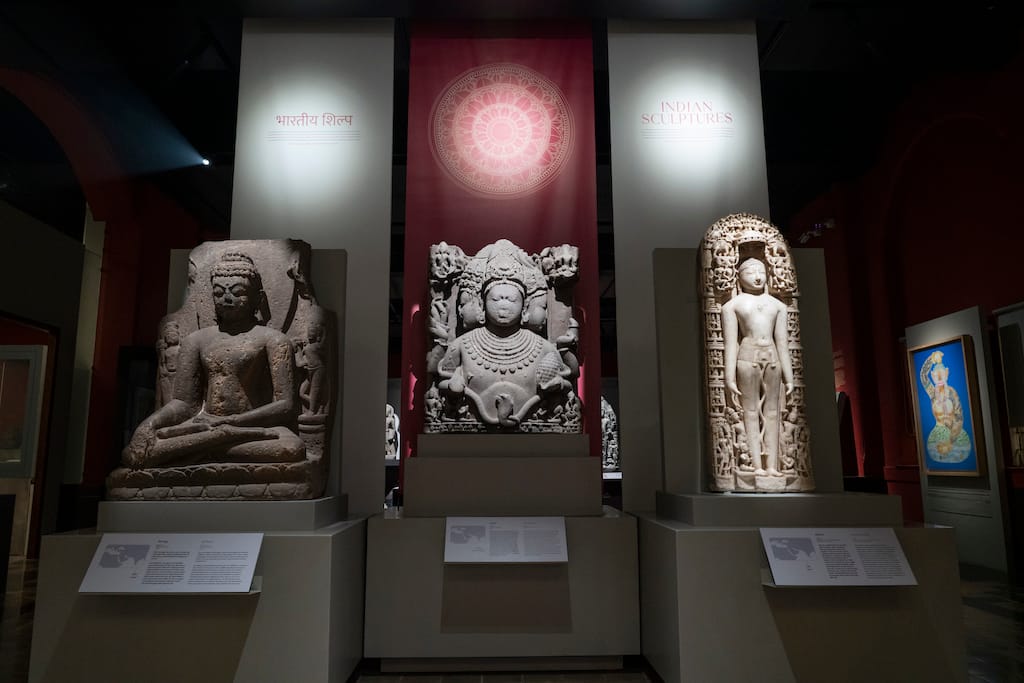
I learned the hard way many years ago that you can check in your bag at the CSMVS cloakroom but anything deemed ‘too precious’ (camera, lenses, etc) has to be taken along with you as the staff bear no responsibility for those items. This can be a pain for the visitor, who then has to lug heavy gear throughout and get gently reprimanded by staff if one sets it down and leaves it unattended for even a short while.
The other quirk is the CSMVS insistence on leaving some form of ID with the staff if one wants an audio-guide; one has to remember to have some ID with you. But the audio-guides (narrated pleasantly in English by ‘Sunny’ both in name and in conversational tone) are great value-for-money not just for the exhibition but the rest of the museum.
I was pleased to find there were ‘live’ guides in English and Hindi (possibly Marathi too), young enthusiastic volunteers wearing T-shirts emblazoned with ‘Ancient Sculptures’ and ‘Prachin Shilp’ who could be engaged for free to talk you through the ‘Ancient Sculpture’ exhibition.
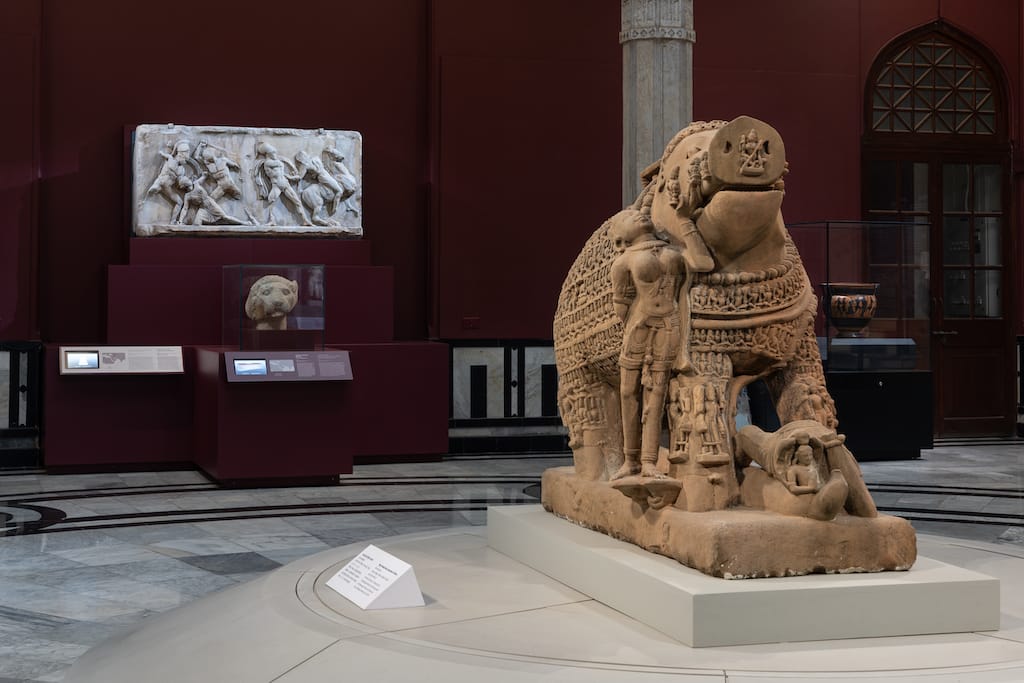
But language in our polyglot land is an issue. The seven video stations, where curators of the overseas museums speak about their exhibits and other historical, archaeological and artistic details, were only in English, with no vernacular subtitles. More than once, I found visitors trying a headphone and walking away, disappointed that there was no Marathi, Hindi or Urdu translation.
Schoolchildren in single file walked through the exhibits and the rest of the museum all day, sometimes rushed along by often harried-looking schoolteachers. For most, it was probably a welcome opportunity to get out of school, but every so often you could see some little young eyes light up in awe-struck wonder at finding the Muse in the museum.
This article first appeared in The Navhind Times, Goa, India.


